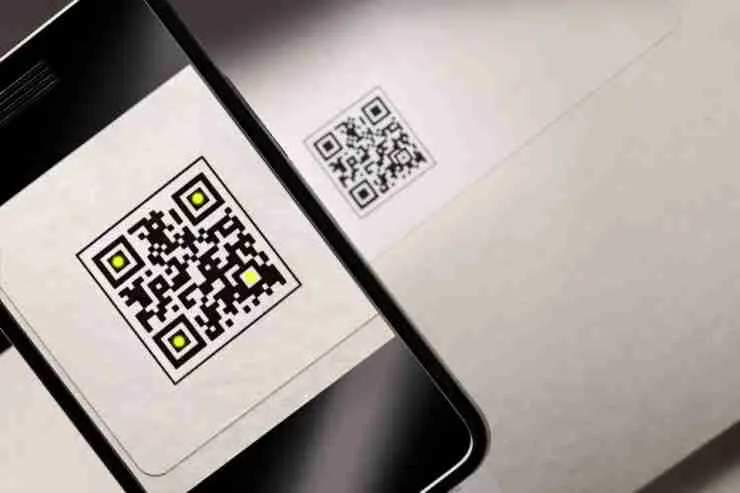In the dynamic realm of digital marketing, staying at the forefront of technological trends is essential for engaging audiences and driving business growth. In recent years, Quick Response (QR) codes have emerged as a transformative tool, reshaping the landscape of digital marketing and offering innovative ways for brands to connect with their target audiences.
Enhancing User Engagement
QR codes serve as a powerful catalyst for enhancing user engagement in digital marketing campaigns. By incorporating QR codes into various digital channels, such as social media, email marketing, and websites, marketers can seamlessly connect consumers to interactive content. This instant connection sparks curiosity and encourages users to actively engage with the brand’s message, leading to a more immersive and memorable user experience.
Mobile-Friendly Marketing
The ubiquity of smartphones has made mobile-friendly marketing strategies imperative. QR codes are tailor-made for mobile devices, providing a convenient and user-friendly way for consumers to access information. Whether embedded in an email, social media post, or website, QR codes streamline the user journey, allowing for quick and direct interaction with promotional content.
Driving Traffic to Digital Platforms
QR codes are effective tools for channeling traffic to specific digital platforms. Whether it’s directing users to a website, app download page, or a particular landing page, QR codes simplify the process. This seamless transition from the physical to the digital realm enhances the overall user experience and facilitates a more straightforward conversion path.
Interactive Product Packaging and Labeling
In the e-commerce era, QR codes have found a home on product packaging and labeling. Marketers leverage these codes to provide consumers with instant access to detailed product information, reviews, and additional multimedia content. This interactive approach not only educates consumers but also adds an element of excitement and personalization to the product experience.
Measurable Campaigns with Analytics
The data-driven nature of digital marketing is further amplified by the use of QR codes. Marketers can track and analyze various metrics, such as scan rates, user demographics, and the success of specific campaigns. This wealth of information enables marketers to make data-backed decisions, optimize their strategies, and refine campaigns to better resonate with their target audience.
Personalized and Targeted Content Delivery
QR codes allow for personalized and targeted content delivery. Marketers can create QR code campaigns tailored to specific audience segments, ensuring that users receive content that is relevant to their preferences and needs. This targeted approach enhances the effectiveness of marketing messages and fosters a stronger connection between the brand and its audience.
Elevating Social Media Campaigns
Social media platforms have become integral to digital marketing strategies, and QR codes offer a seamless integration. Marketers can utilize QR codes to drive social media engagement by linking to profiles, contests, or exclusive content. This not only expands a brand’s social media reach but also encourages users to become active participants in the brand’s online community.
Incorporating QR Codes into Email Marketing
Email marketing is another domain where QR codes prove their effectiveness. Marketers can embed QR codes in promotional emails, leading recipients to exclusive offers, product launches, or interactive content. This dynamic approach breathes new life into traditional email campaigns, fostering increased user engagement and click-through rates.
Looking Ahead: The Future of QR Codes in Digital Marketing
As technology continues to evolve, so does the potential of QR codes in digital marketing. Augmented reality (AR) integration, enhanced security features, and the use of QR codes in emerging technologies like the Internet of Things (IoT) are on the horizon. QR codes are not just a passing trend; they represent a fundamental shift in how digital marketers engage with their audiences, providing a versatile and dynamic tool for the ever-evolving landscape of digital marketing.

